Woodpeckers are one of the most fascinating avians you can find in your backyard – and did you know that there are 11 species in Washington?
There’s a good chance that if you have more than one woodpecker visiting you, you may actually be playing host to a few different species!
Although the list below contains all the usual woodpeckers found in Washington, it’s possible to find a vagrant species of woodpecker that’s not native to this particular state. If you do see a vagrant species, it should be considered an extremely rare sighting!

The following legend can be used for each woodpecker species map to determine what time of year you can see each woodpecker in your area.
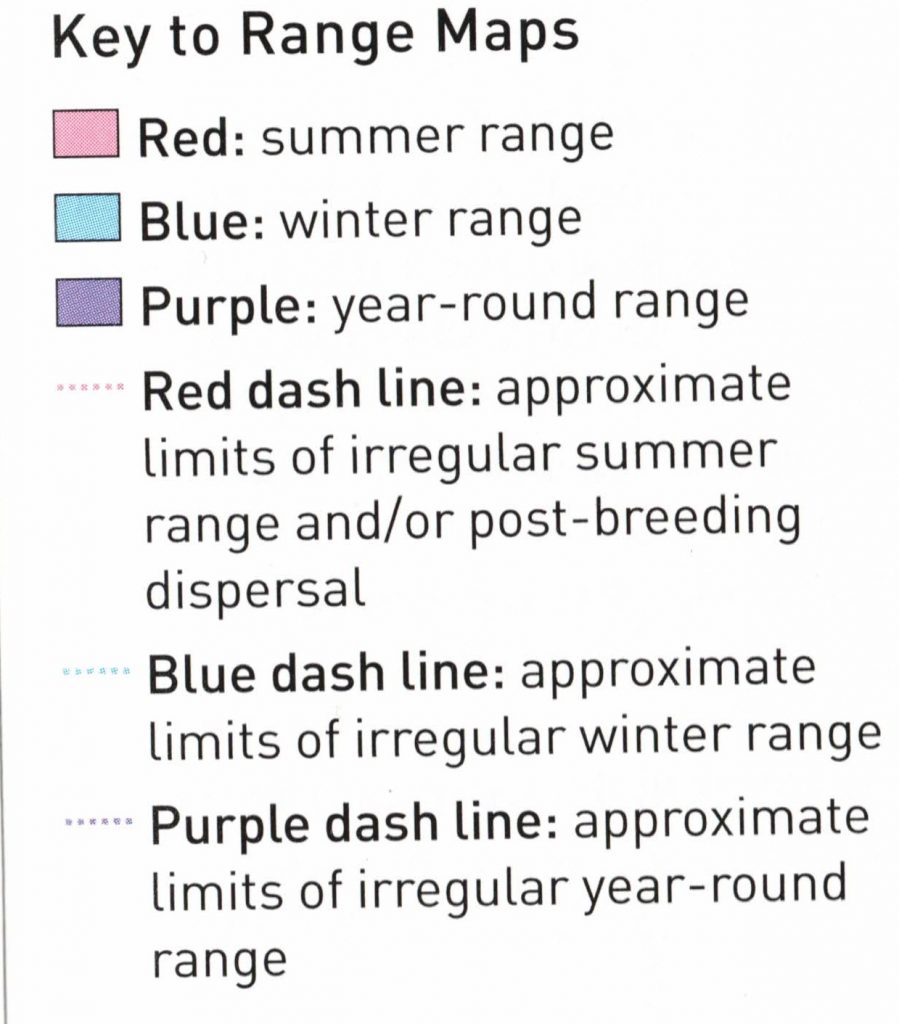
11 woodpecker species are found in Washington, including the Black-Backed Woodpecker, Lewis’s Woodpecker, White-Headed Woodpecker, Northern Flicker, Red-Breasted Sapsucker, American Three-Toed Woodpecker, Red-Naped Sapsucker, Williamson’s Sapsucker, Pileated Woodpecker, Downy Woodpecker, and Hairy Woodpecker. Several of these woodpecker species are permanent residents, while others are much rarer and can be only spotted seasonally.
The 11 Woodpecker Species in Washington
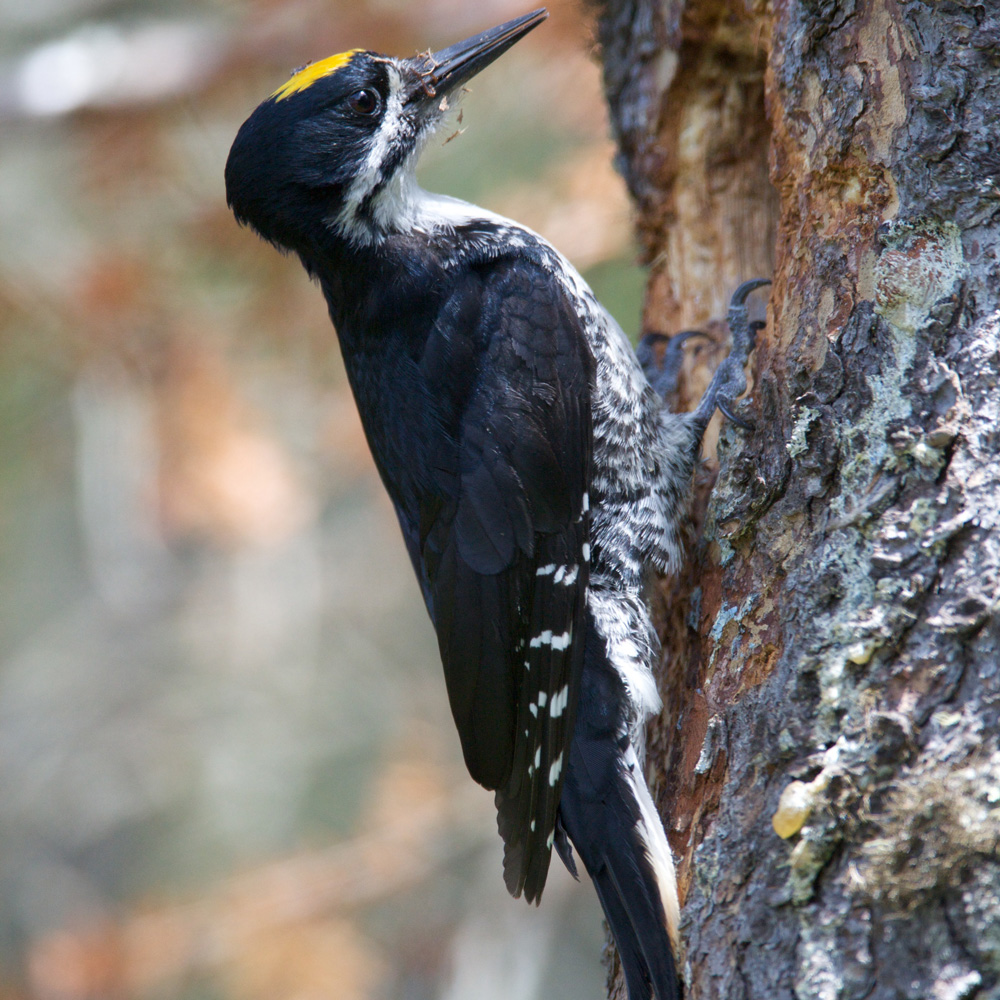
Black-Backed Woodpecker
Picoides arcticus
Order: Piciformes
Family: Picidae
Size: 9.1 in (23 cm)
Overview
The black-backed woodpecker is a fellow Picidae alongside the American three-toed variety, though as the name suggests, these birds can be easy enough to tell apart. These particular birds have the rather odd habit of striking trees that have died. There’s a reason for this – they forage in burnt trees to go hunting for unsuspecting insects. Black-backed woodpeckers will normally start pecking away on burnt wood a few weeks after it’s been scorched. What’s also fascinating is the fact that they will feed on this wood for up to eight years!
How to Identify
This Picidae, as its name suggests, has a shiny, black, feathery plumage, which can be excellent in helping to camouflage it in darker, burnt forests. They are becoming more and more common as they hunt for grubs and larvae, and it’s likely you’ll spot them alongside their three-toed cousins.
Black-Backed Woodpecker Range & Migration Map
There are said to be more than 1.8 million black-backed Picidae in North America right now, and you’ll spot them all across the northern states heading into Canada. Again, much like the three-toed variety, this bird commonly frequents Alaska and out east – if there are burnt trees, they’ll be close by.
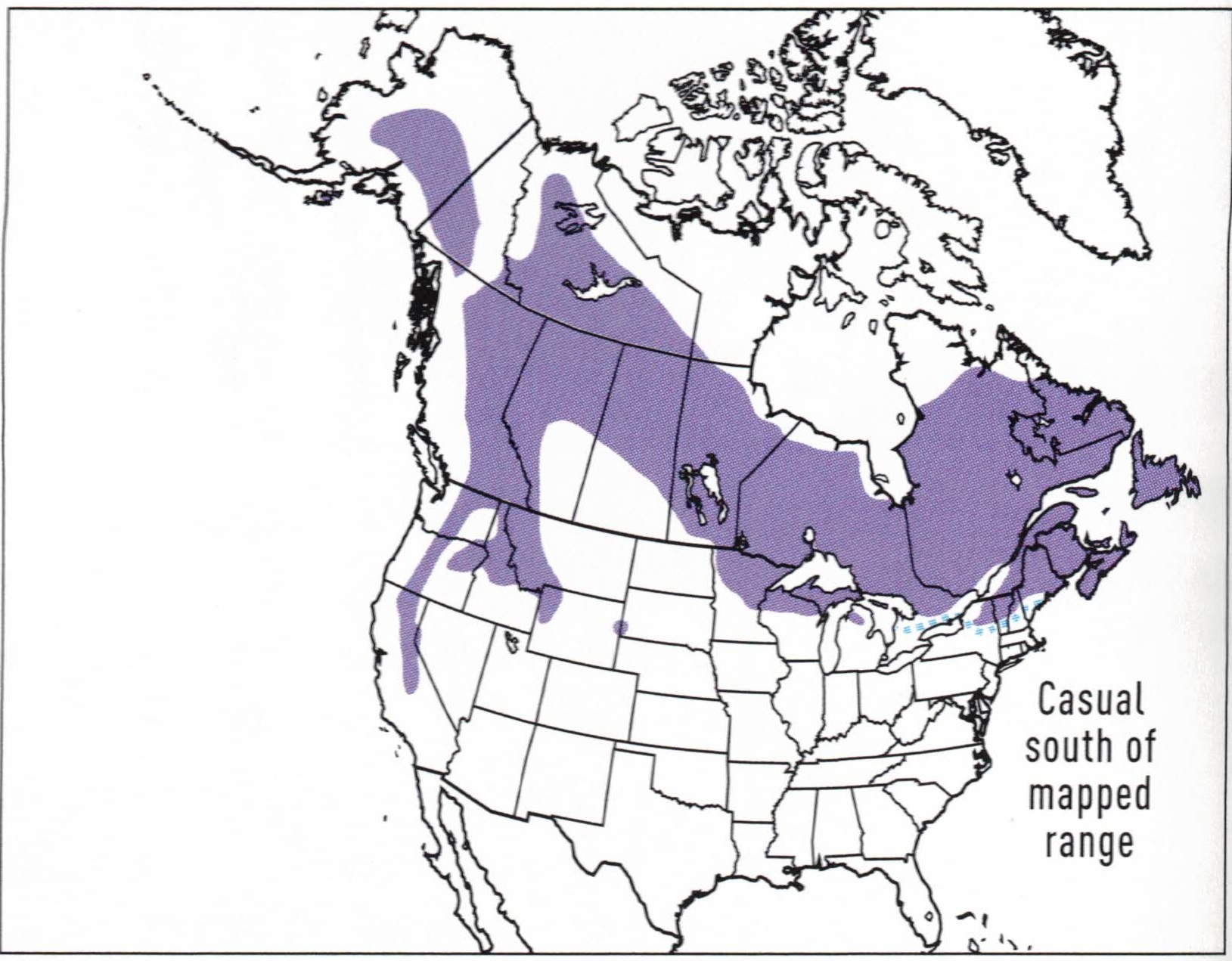
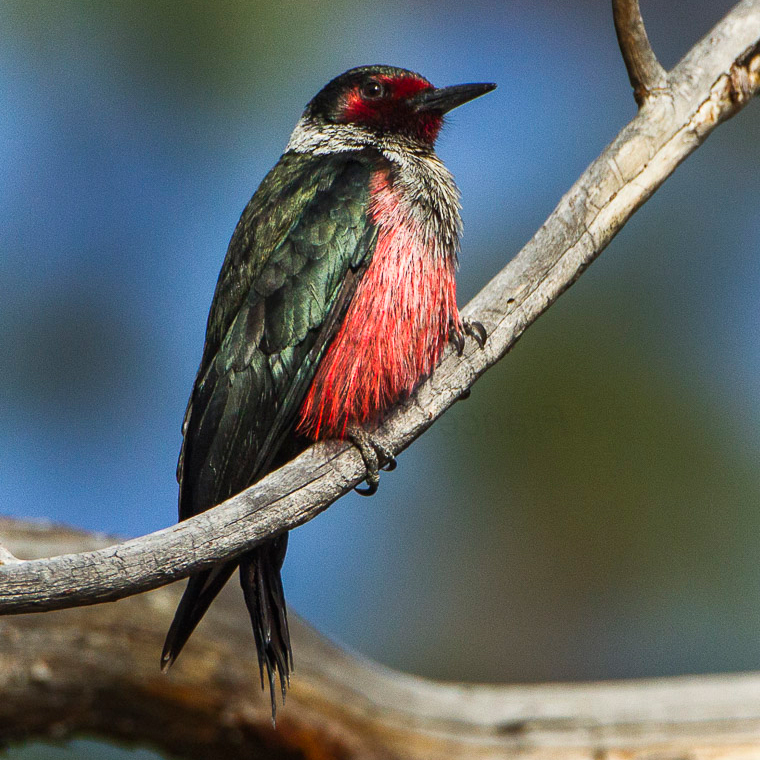
Lewis’s Woodpecker
Melanerpes lewis
Order: Piciformes
Family: Picidae
Size: 10.2 – 11.0 in (26 – 28 cm)
Overview
The Lewis’s Woodpecker is fairly rare, but also pretty hard to miss when you do spot one! This is a curious woodpecker in that it doesn’t tend to peck into wood for grubs – instead, it’s more partial to consuming the odd flying critter. Unfortunately, this is another woodpecker whose numbers are fairly rare, as its habitat is shrinking. The Lewis’s Woodpecker is a little bit of a nomad in its nature, in that it will be happy to search for food in various territories across the year. However, you’ll normally find it in burned forests and pineland.
How to Identify
Boasting gorgeous red and black features, Lewis’s woodpecker tends to be rosy around the face and beak, and to the crest and front plumage. You’ll find it has a magnificent, sweeping, black plumage to the wings and tail. You likely won’t hear it pecking or drilling.
Lewis’s Woodpecker Range & Migration Map
Lewis’s woodpecker, while uncommon, tends to be spotted to the southwest, as far out east as Oklahoma, and normally takes up refuge in forests. However, you’ll also find it in some spots of California – a rare spot that’s very rewarding.
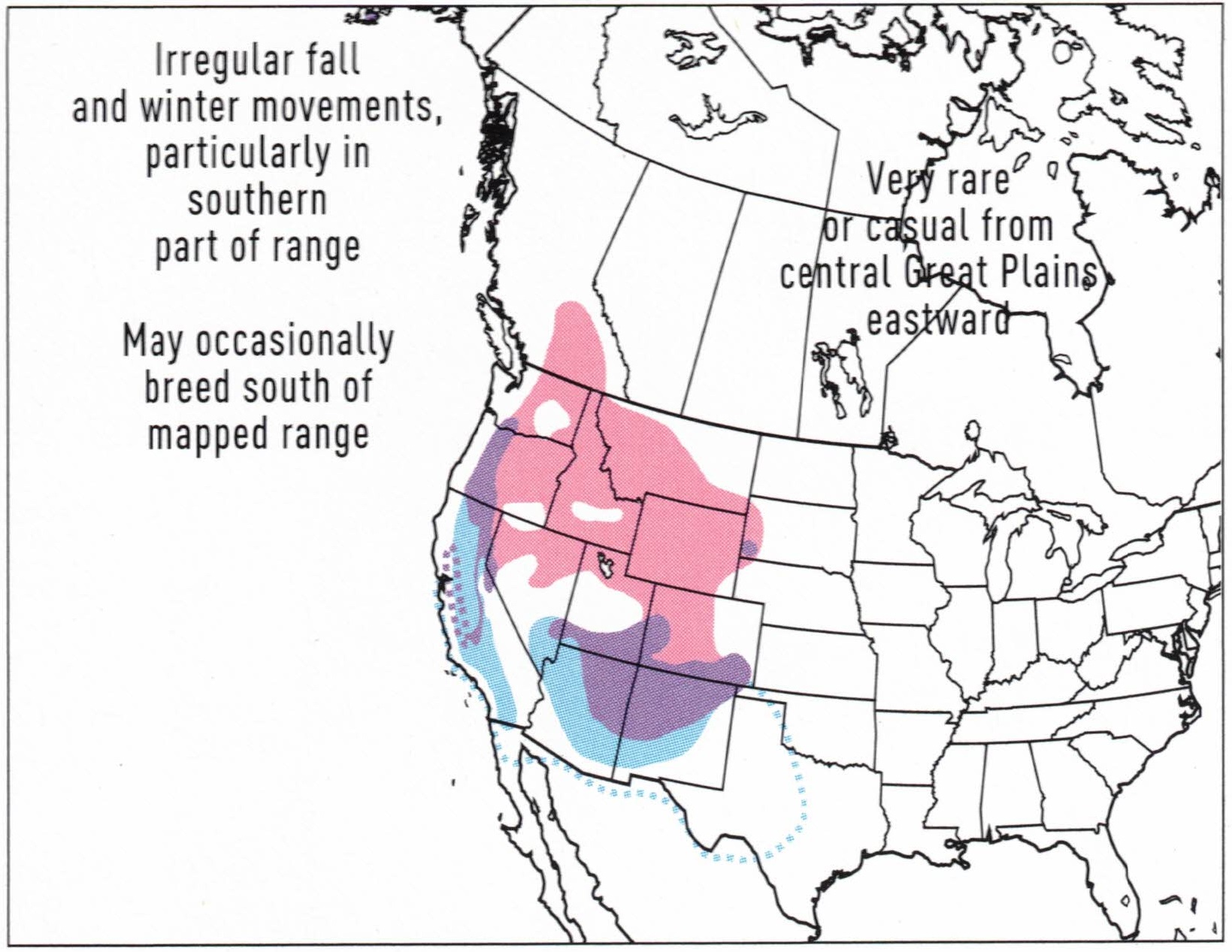
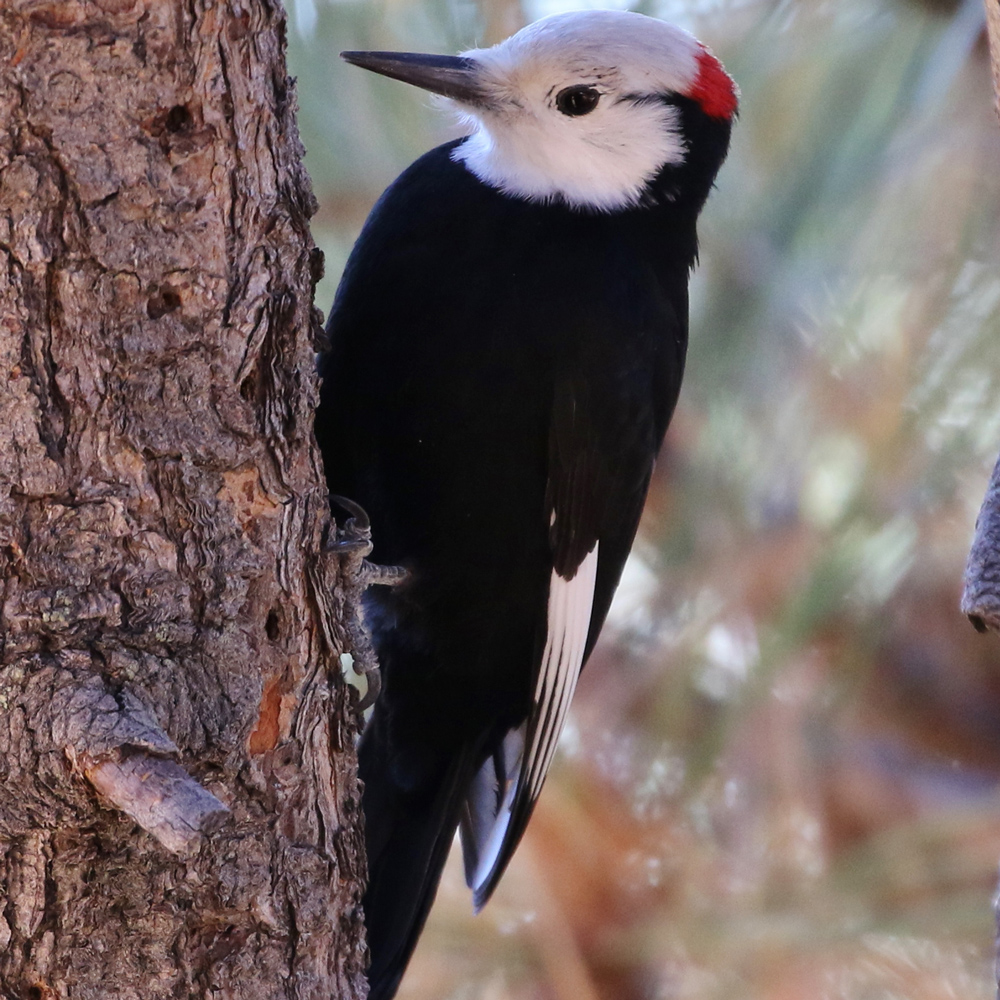
White-headed Woodpecker
Dryobates albolarvatus
Order: Piciformes
Family: Picidae
Size: 8.3 – 9.1 in (21 – 23 cm)
Overview
The white-headed woodpecker is a Rockies bird, normally preferring conifer trees and taking a rather delicate approach to seeking out prey. They will rarely peck or hammer – instead, choosing to strip tree bark in search of tasty morsels. Unfortunately, they are amongst some of the most endangered woodpeckers in North America. If you are lucky enough to spot this woodpecker, you may spot it in tree logs and stumps as well as fully-grown trees. It’s also partial to suet – if you live up in the mountains, be sure to prepare your feeder.
How to Identify
As their name suggests, the white-headed woodpecker has a startlingly white head and face, with gorgeous black feathers, wings, and tail. You’ll be able to spot a male easily, as it has a red marking, or cap, on its head.
White-headed Woodpecker Range & Migration Map
The white-headed woodpecker, as mentioned, tends to live out towards the Rocky Mountains and along the west coast. You won’t find them native anywhere else in the US, let alone the continent!
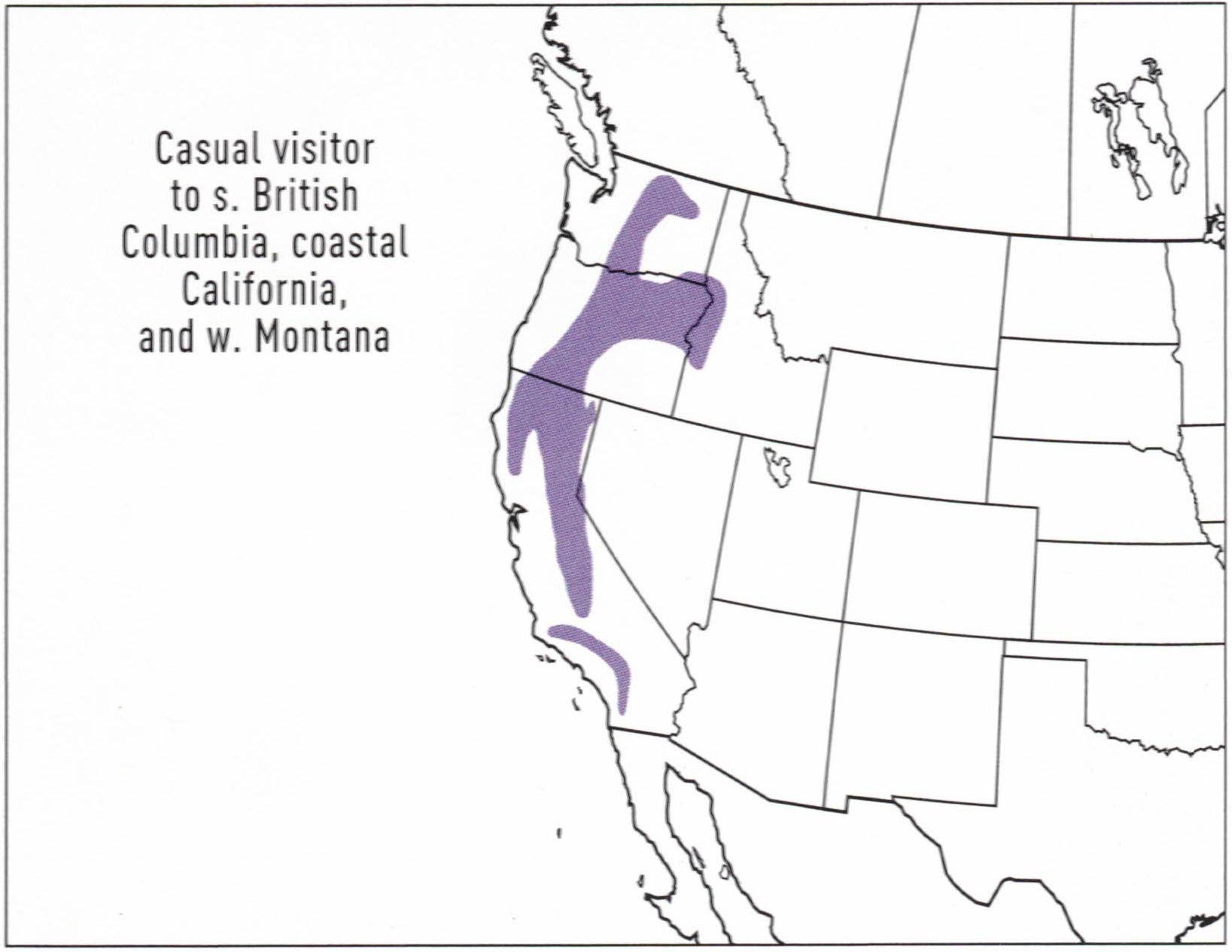
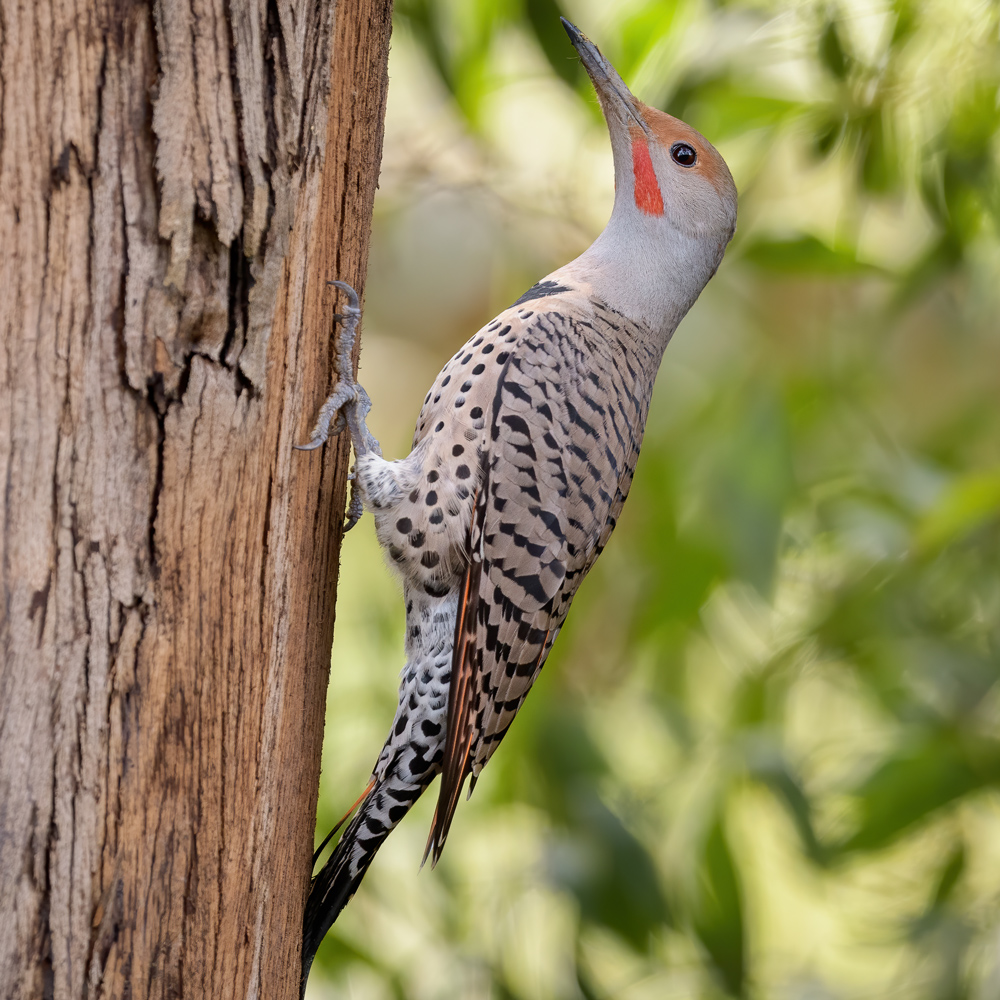
Northern Flicker
Colaptes auratus
Order: Piciformes
Family: Picidae
Size: 11.0 – 12.2 in (28 – 31 cm)
Overview
This Picidae is known by many, many different names – and you may well have seen it referred to as the Yellow or Red-shafted Flicker. It’s a fairly common bird and is also one of the largest woodpeckers living across the states. Unlike most peckers, however, they tend to feast mainly on ground insects – ants, in particular! This Flicker will choose to hop around to eat, but may even choose to site itself on branches occasionally when it fancies a fruit treat or two.
How to Identify
The Northern Flicker has plumage colors that can vary (hence its many names), but you can commonly spot these birds thanks to their flecked tails and wings. They often have black markings around their faces and crests, and you’ll be able to tell them apart from other Picidae on sheer size alone.
Northern Flicker Range & Migration Map
Northern Flickers tend to live out east but can be found high up in the northwest reaches of Alaska, and even down towards the west coast – that applies to the yellow-shafted variety, in any case! Flickers of this genus tend to be fairly common across the US, with almost ten million specimens estimated at present in North America.
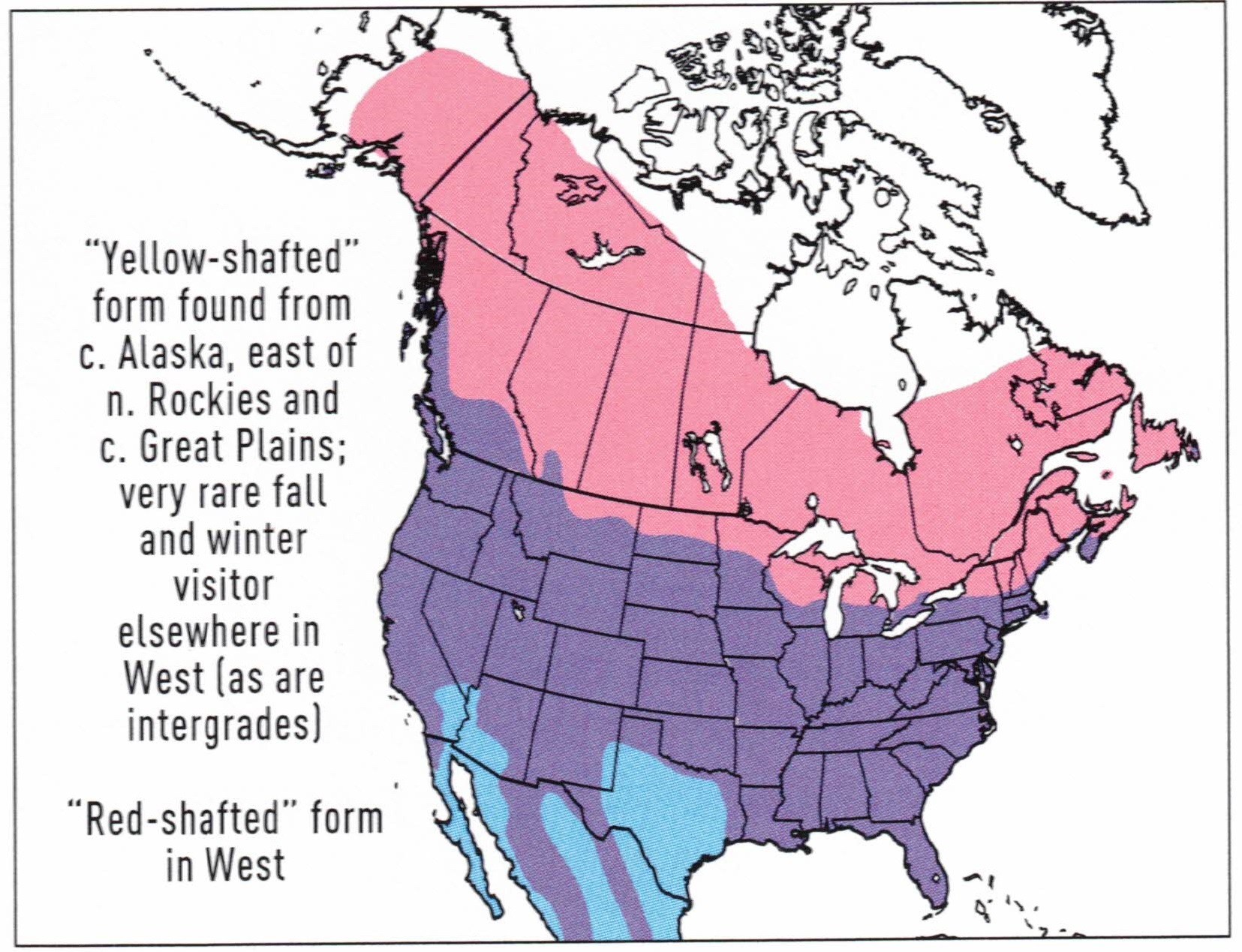
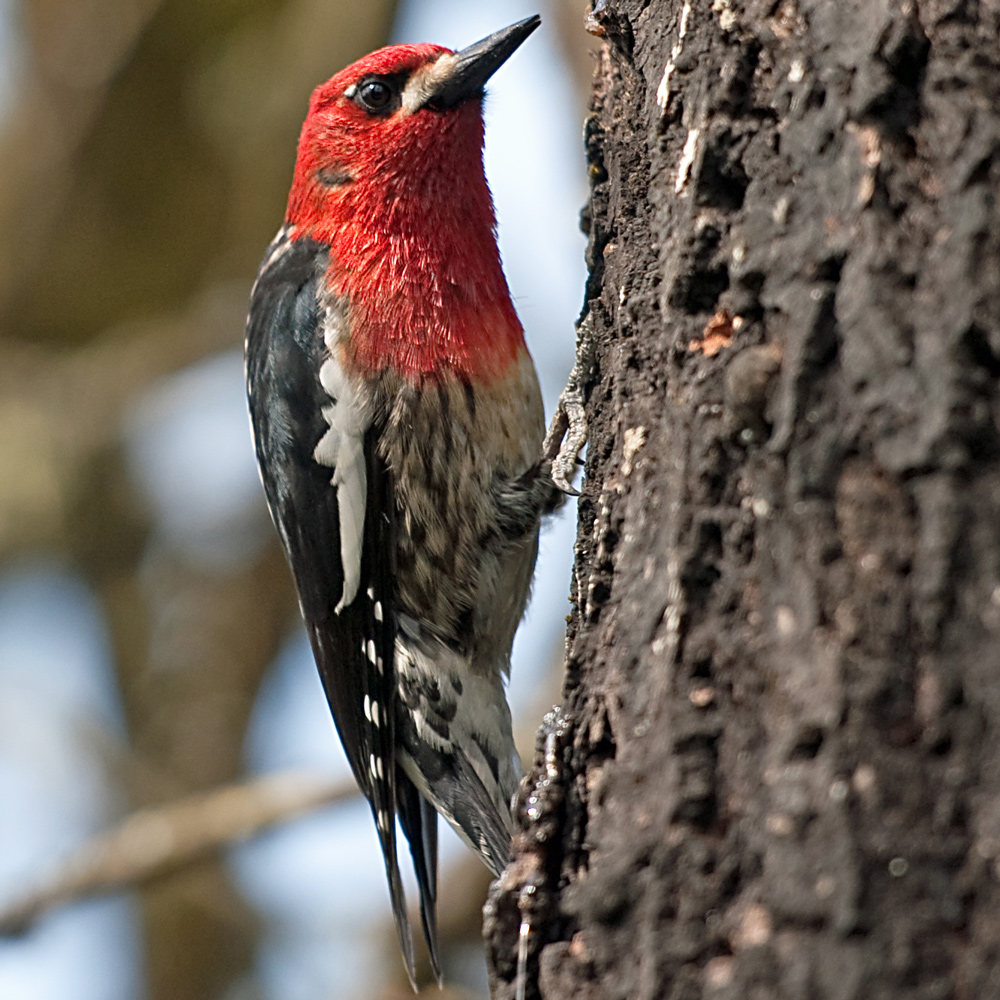
Red-breasted Sapsucker
Sphyrapicus ruber
Order: Piciformes
Family: Picidae
Size: 7.9 – 8.7 in (20 – 22 cm)
Overview
The red-breasted sapsucker is a west coast Picidae that tends to enjoy flocking to forests to suckle on sap – hence its name. Many other woodpeckers depend upon and can follow the red-breasted sapsucker in search of food, as their holes tend to be very handy to get sap from! The red-breasted sapsucker tends to be a fairly organized worker, drilling rows to suck sap from and to feed on insects. Interestingly, you’ll also find these birds flocking towards the coast, too.
How to Identify
These striking birds have gorgeous reddish heads and plumage, often with black and white feathers on their wings and tails. They are mid-sized birds and tend to flock more towards the forest reaches than to yards. In any case, you may get lucky.
Red-breasted Sapsucker Range & Migration Map
You will find this Picidae to frequent west coast territories, traditionally to the west of the Rockies. West coast gardeners in California, Oregon, and Washington close to the forest edges may spot one or two if there are conifers close by.
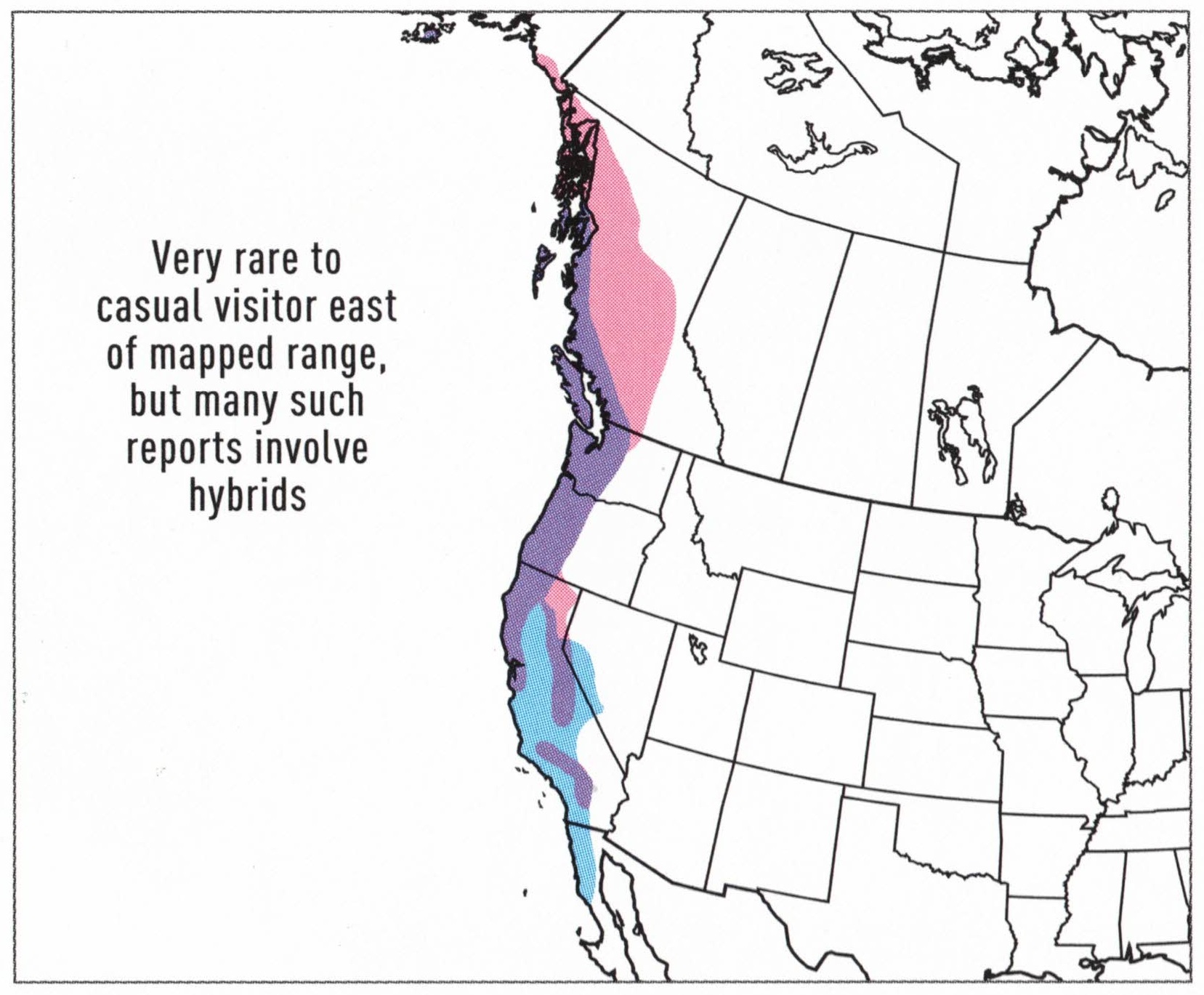
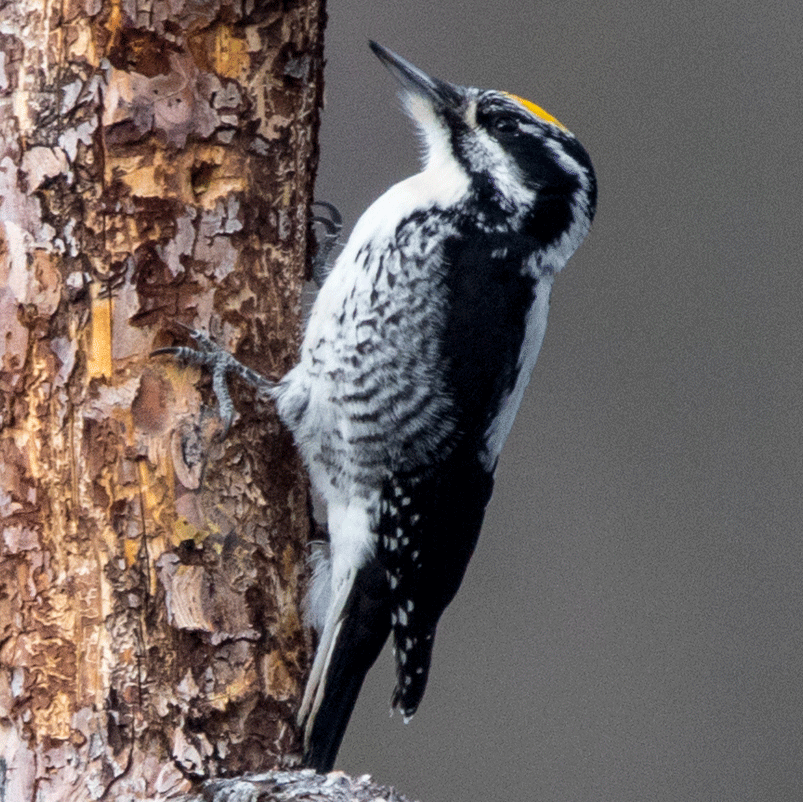
American Three-toed Woodpecker
Picoides dorsalis
Order: Piciformes
Family: Picidae
Size: 8.3 – 9.1 in (21 – 23 cm)
Overview
These woodpeckers are so-named thanks to the obvious differences in their feet – they tend to lean back further than most woodpeckers thanks to their three toes! They also tend to be some of the noisier, more aggressive peckers, so that they can get a better strike on the bark they attack. American Three-toed woodpeckers tend to spend a lot of time pecking and scaling away at one or two trees before they will choose to go elsewhere – and they never get too deep into the bark.
How to Identify
As well as only having three toes, the American three-toed woodpecker is notable for having black / brown and white feathers, speckled, with a striking patterned face. Again, they can also be easy to spot thanks to their pecking habits.
American Three-toed Woodpecker Range & Migration Map
This Picidae is sadly one of the most endangered, though there are thought to be more than 1.4 million of them living across North America. They tend to inhabit forested mountain areas, and they also largely inhabit the upper half of the continent. If you live in Alaska, British Columbia, or out towards Canada, you may be lucky enough to spot one or two.
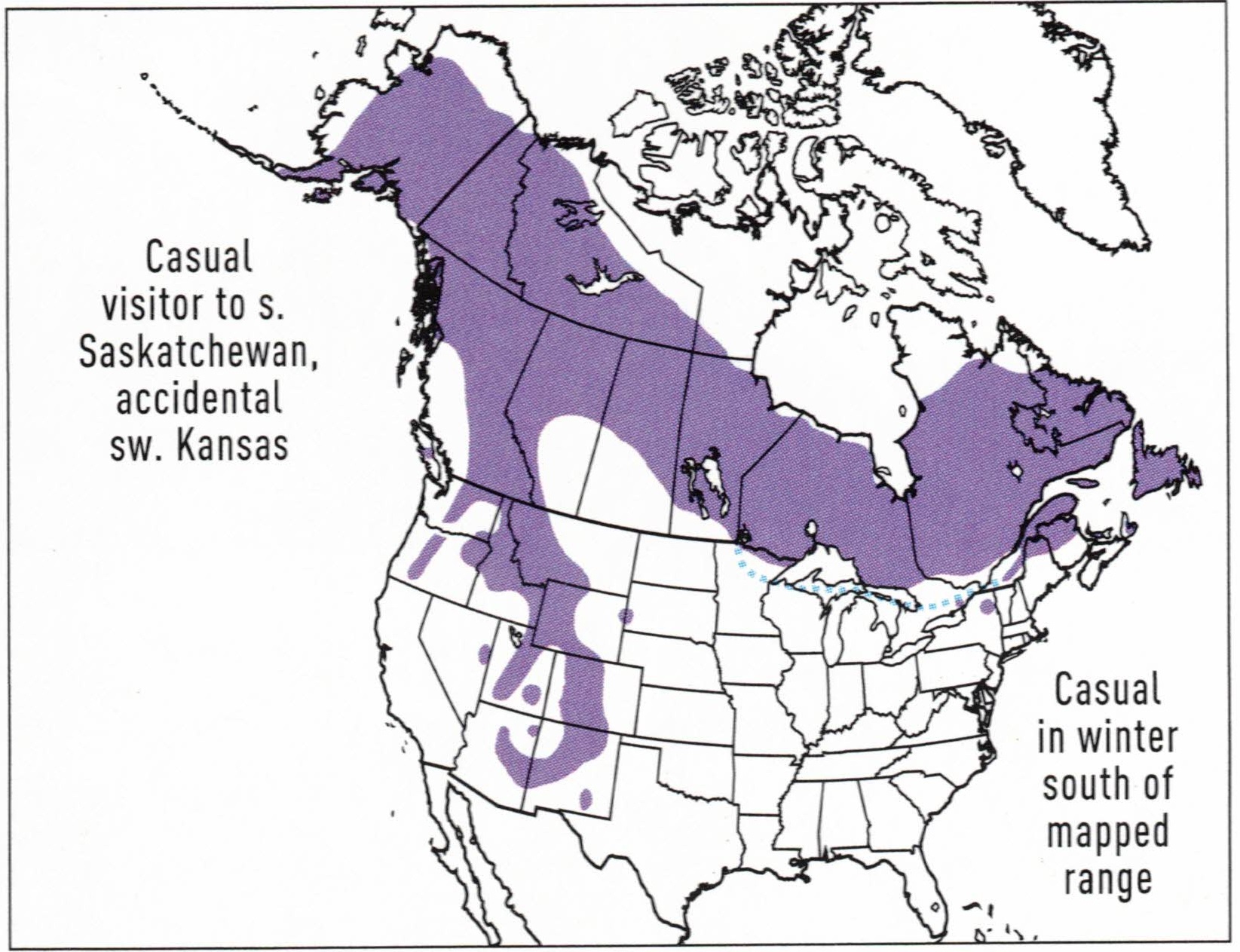
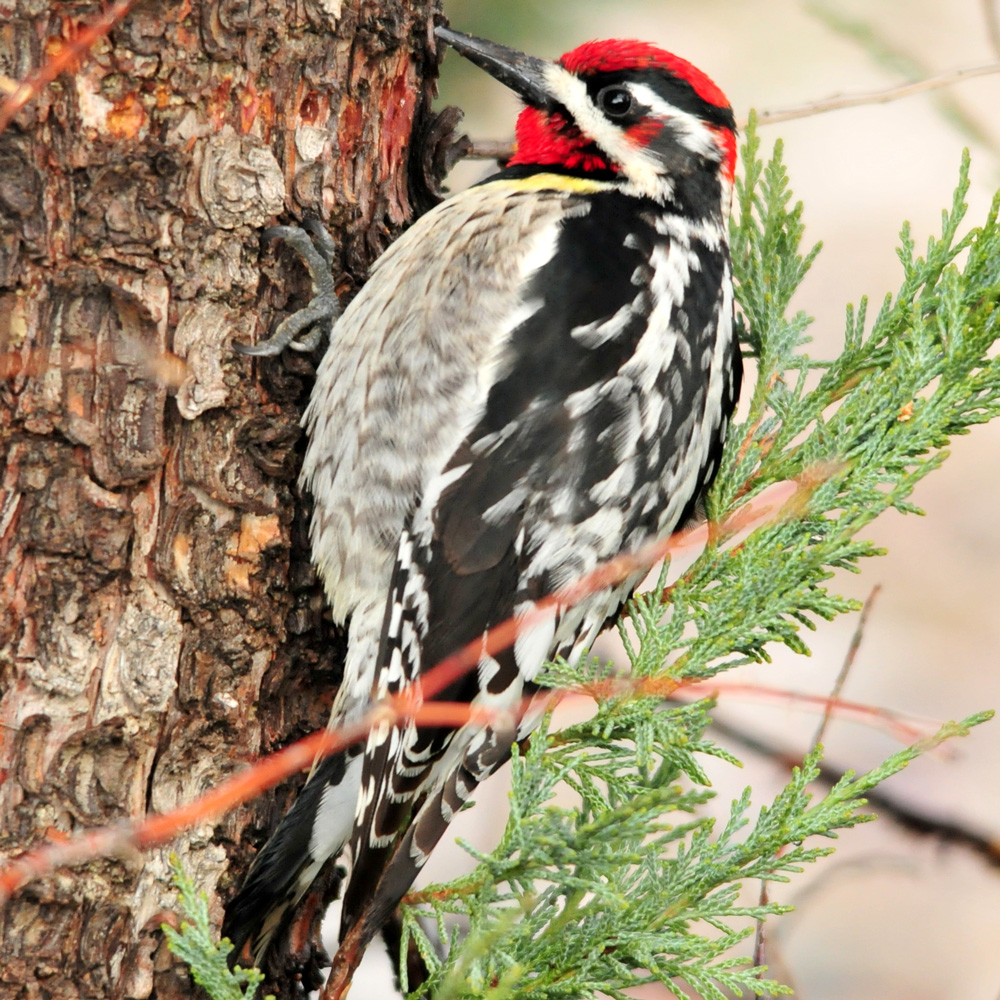
Red-naped Sapsucker
Sphyrapicus nuchalis
Order: Piciformes
Family: Picidae
Size: 7.5 – 8.3 in (19 – 21 cm)
Overview
This popular sapsucker is a common bird that’s growing in numbers – and that’s likely to thrill many woodpeckers elsewhere, as this is a sapsucker likely to leave lots of open holes for tasty sap. You’ll normally spot them out in forests like other sapsuckers, but you may get one or two in your yard if you are lucky enough! This woodpecker has an extraordinarily short tongue for its species, though that helps it to get at its daily sap. These sapsuckers can live to relatively old ages, with the oldest on record being almost five years of age.
How to Identify
The red-naped sapsucker has – of course – a red nape, with white and black markings often emblazoning its face, as well as its crest, body, and wings. It can get quite large, and given that it’s fairly common, you shouldn’t have any problem finding it.
Red-naped Sapsucker Range & Migration Map
These woodpeckers tend to live in the mid-elevation forests of the intermountain West, from the Rocky Mountains westward to the eastern slopes of Washington and Oregon. Most individuals migrate short distances with females migrating further than males on average. The northern birds move south into the western and southwestern United States.
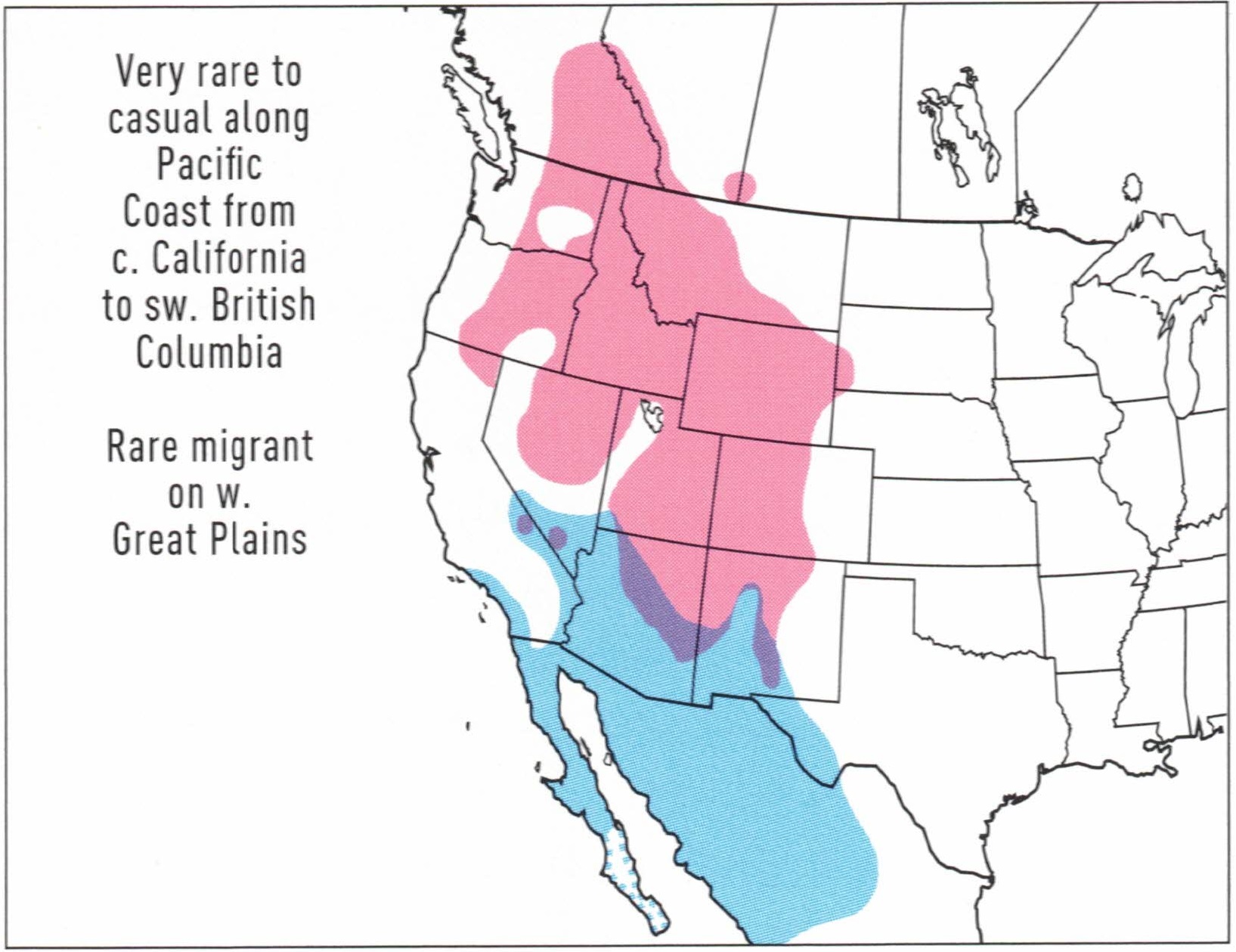
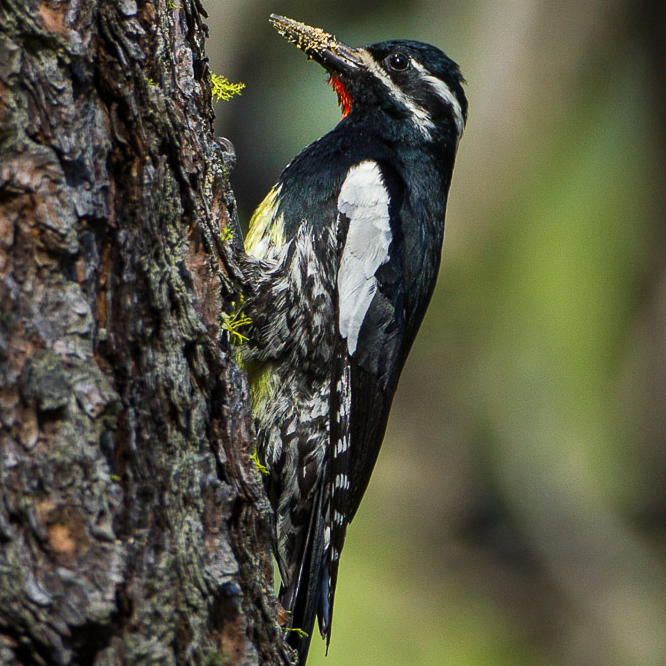
Williamson’s Sapsucker
Sphyrapicus thyroideus
Order: Piciformes
Family: Picidae
Size: 8.3 – 9.8 in (21 – 25 cm)
Overview
The Williamson’s sapsucker is a woodpecker that seems to be bouncing back from endangered status – thankfully! These are brilliantly bright-colored birds – at least when it comes to males! As with other sapsuckers, this bird will happily drill its way into trees and leave nice pits for birds to get sap out of. This sapsucker is also known to eat ants and bugs out of the bark it sucks from, though this will normally occur when it is breeding. It doesn’t have a favorite tree – it happily pecks away in a mix of woodland.
How to Identify
Interestingly, the males and females of this species often vary wildly – the male is extremely bright in color, in terms of a black, sweeping coat with yellows and reds to the front, while females are dimmer in shade, flecked and often brown in color.
Williamson’s Sapsucker Range & Migration Map
Despite once being endangered, this bird now thankfully frequents more of the mid-west than ever before. That said, the migratory patterns of this species are somewhat mysterious with some populations known to migrate and others to be residents.
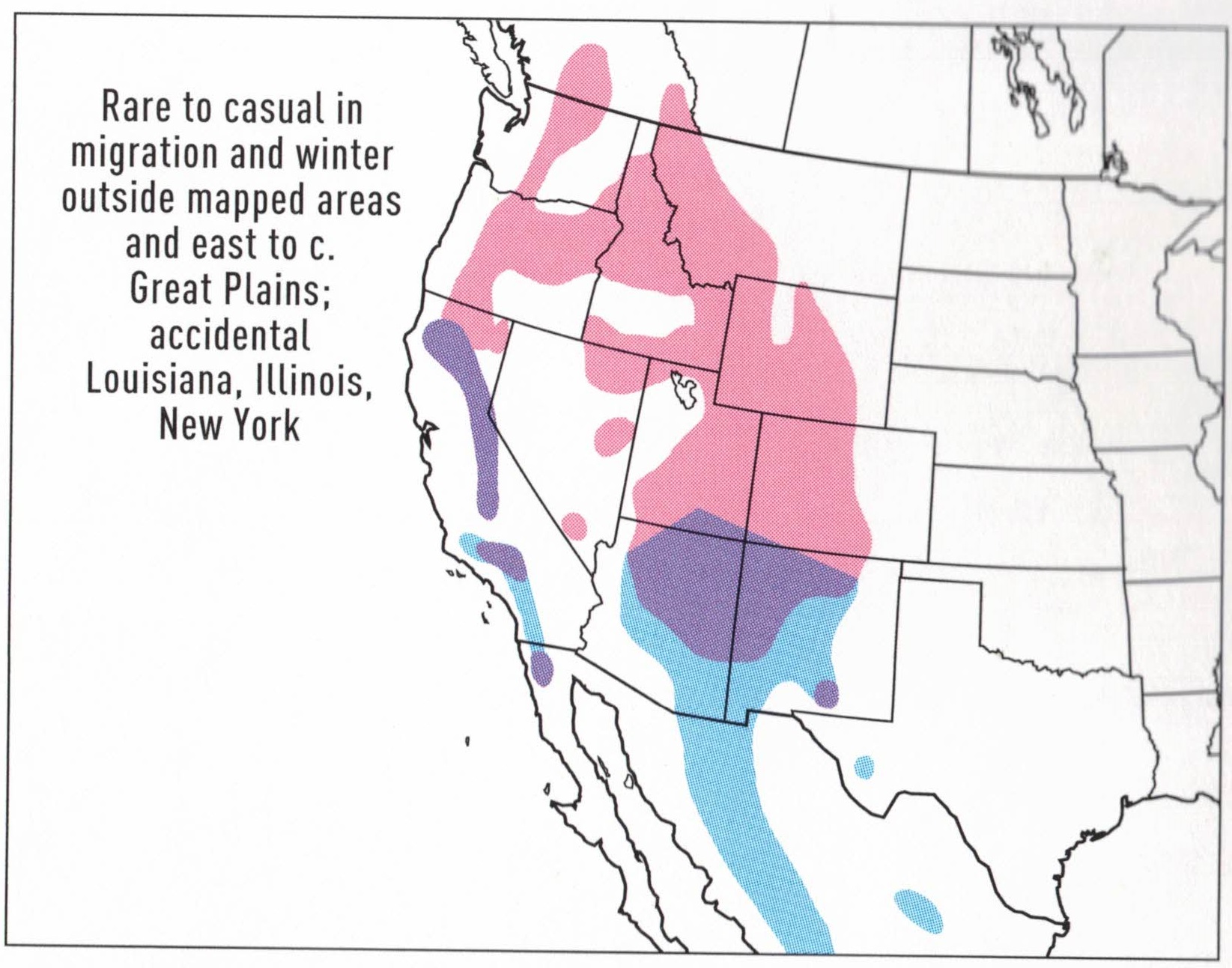
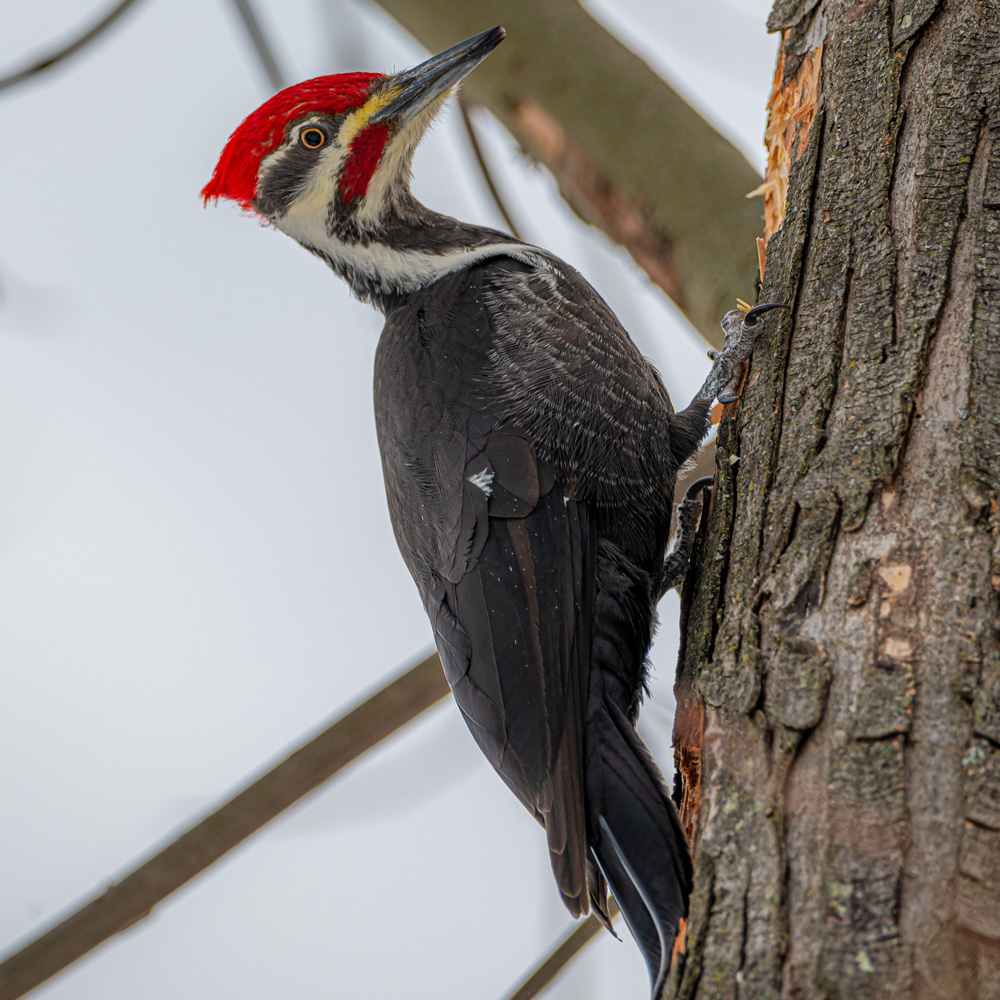
Pileated Woodpecker
Dryocopus pileatus
Order: Piciformes
Family: Picidae
Size: 15.8 – 19.3 in (40 – 49 cm)
Overview
Large and loud, this woodpecker is fairly easy to notice – particularly as their mating cries are so distinct! Rather tragically, this burly Picidae is sometimes mistaken for a woodpecker that’s thought to now be extinct – the ivory-billed woodpecker, which hasn’t been seen in the US for many years. The pileated woodpecker, almost crowlike in stature, tends to feast on ants and minibeasts found deep in decaying trees. This species’ hole-making can help give shelter to other animals – making it a welcome sight.
How to Identify
Beyond their loud cries and wood rapping, the pileated woodpecker has a shocking red crown, with monochromatic bodies and long, thin beaks. The male of the species is easy to spot as it has a facial marking rather like a mustache.
Pileated Woodpecker Range & Migration Map
The pileated woodpecker doesn’t tend to be too fickle about where it likes to live. However, you’ll mainly find it living out in eastern states, though as far north as Nova Scotia! If you’re a California native, it’s also not unheard of to spot this common Picidae.
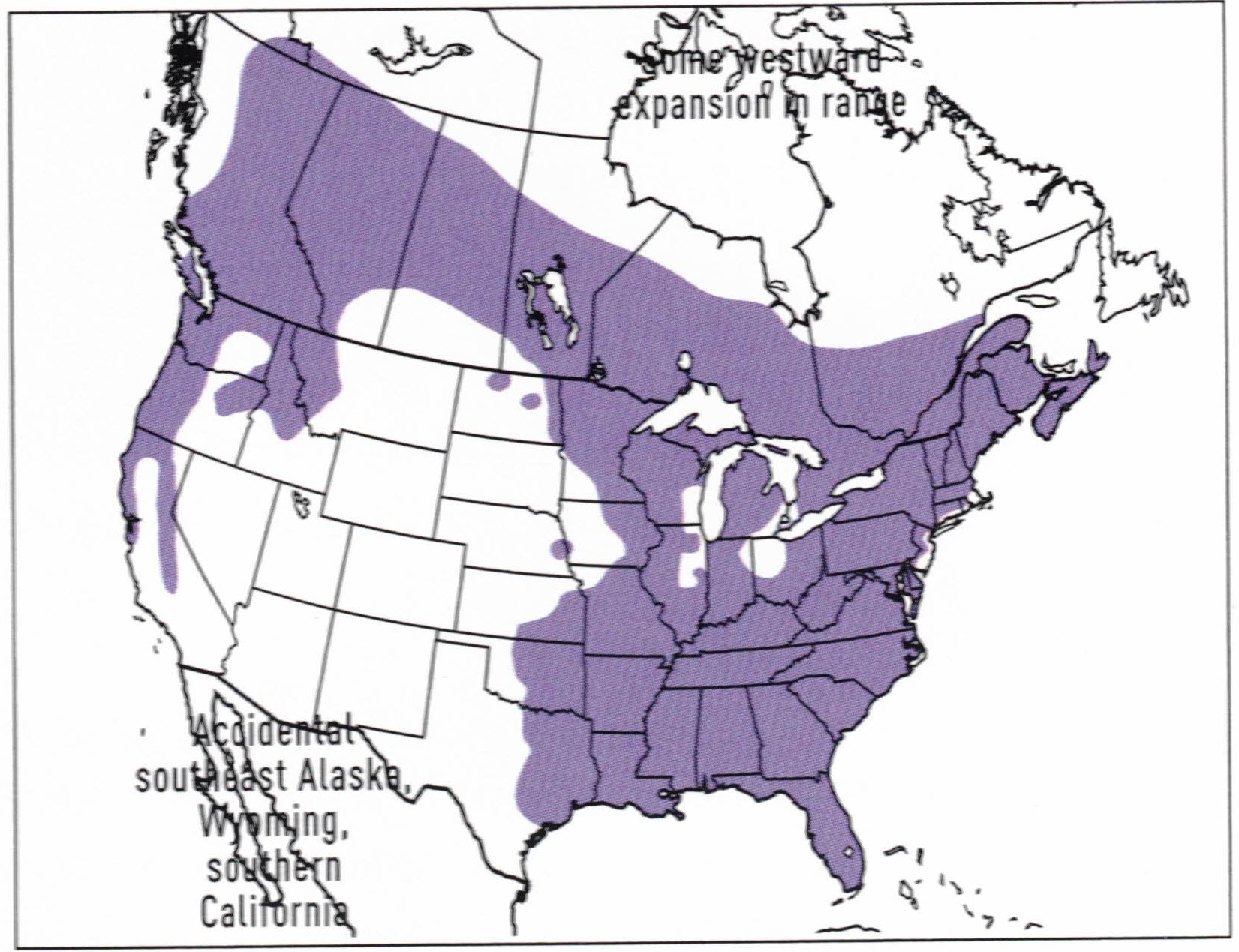
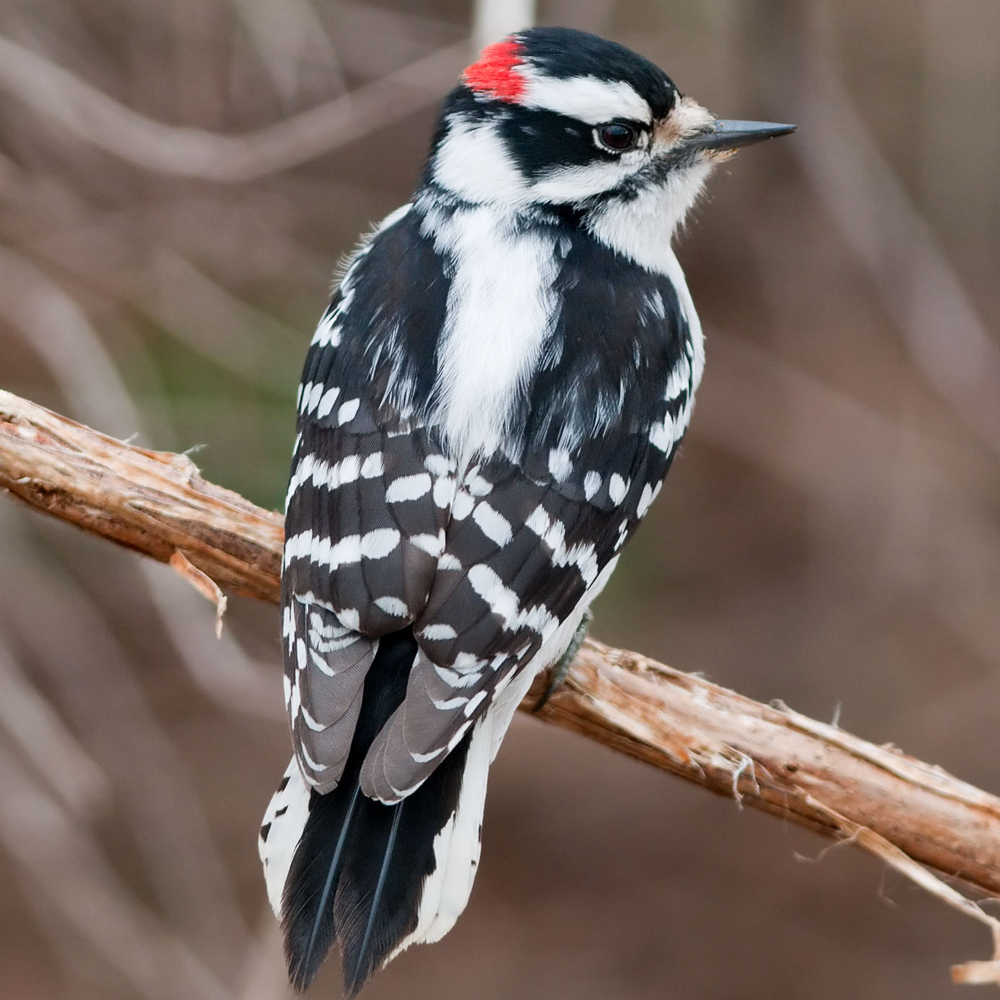
Downy Woodpecker
Dryobates pubescens
Order: Piciformes
Family: Picidae
Size: 5.5 – 6.7 in (14 – 17 cm)
Overview
Truly tiny, the cute downy woodpecker is a Picidae that’s common across the north to central states. In fact, they are the smallest native woodpeckers in the country. They tend to prefer milder climates on the whole but are known to travel around. They use sharp, single calls, and tend to enjoy feeding on seeds in feeders. If you have any woodpeckers in your backyard, there is a very good chance it is a Dryobates pubescens. They are just bigger than your common garden sparrow.
How to Identify
Exceptionally small but unabashedly noisy, the downy woodpecker is largely black and white with spots, and the males tend to have red crowns. They have varying spots and stripes across their wings and feathers – meaning that neither one nor two may ever look the same!
Downy Woodpecker Range & Migration Map
The downy woodpecker lives just about everywhere across the United States, with sightings across states as diverse as Florida and Alaska! If the climate is mild enough – and not too sunny – then there’s every chance you’ll spot this bird in your yard. There are around 13 million of them across the continent.
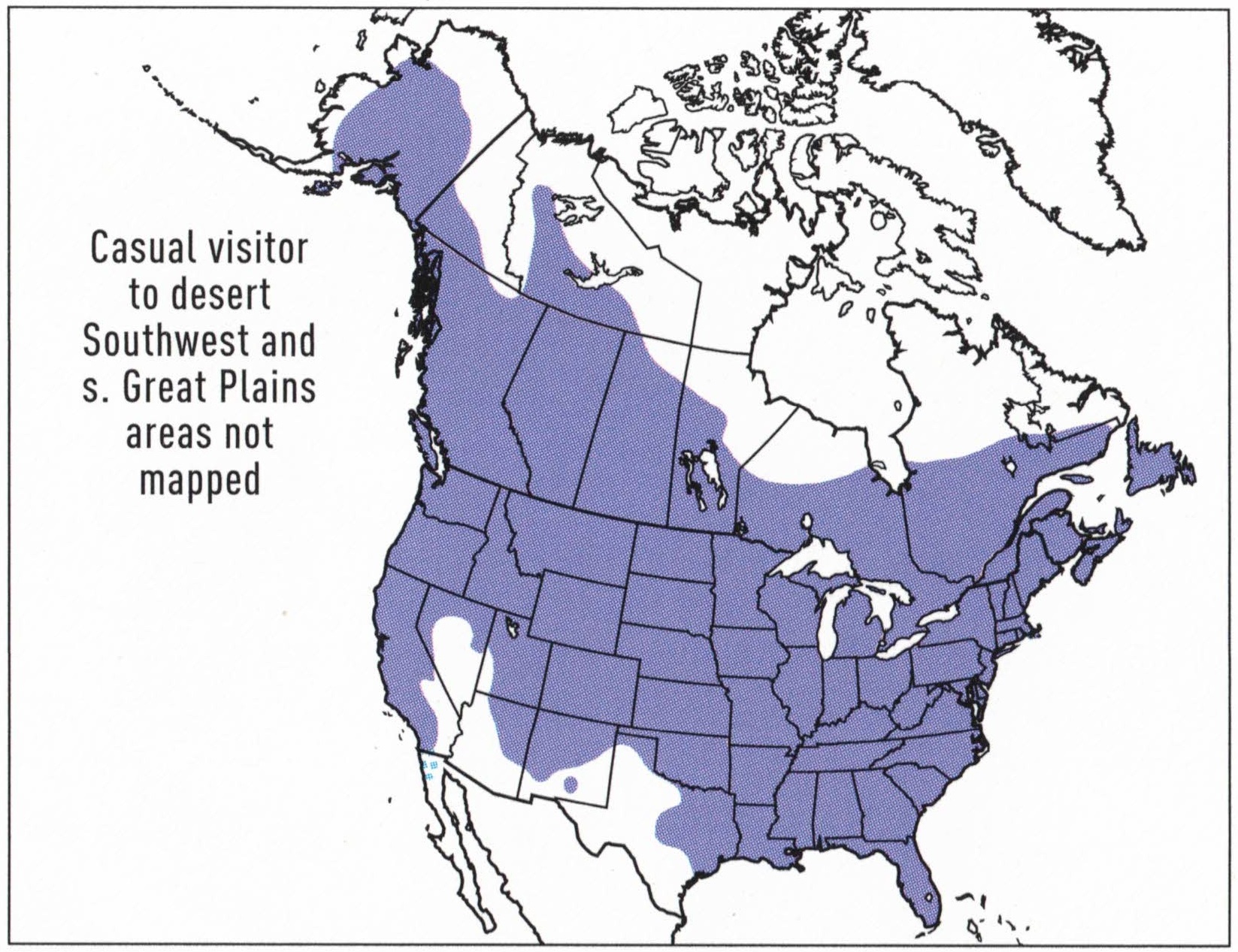
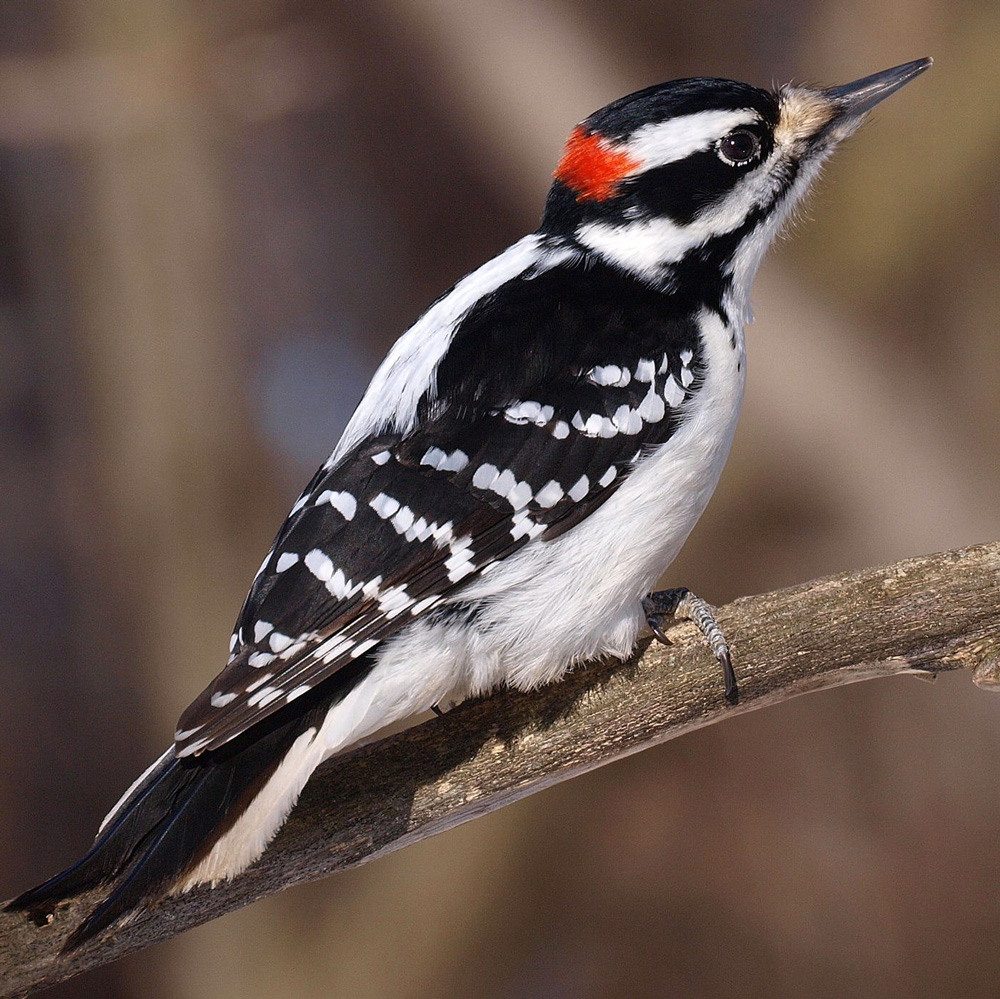
Hairy Woodpecker
Dryobates villosus
Order: Piciformes
Family: Picidae
Size: 7.1 – 10.2 in (18 – 26 cm)
Overview
If there is a chance you’re going to spot a woodpecker in your backyard somewhere in the states, then it’s probably going to be a hairy species! The Dryobates villosus is extremely common, but it’s actually fairly shy and retiring. They have very simple calls but will be happy to drill and drum on just about anything. They are also prime opportunists – they’ll steal sap from holes drilled by other birds! The hairy woodpecker is also known for its mighty peck – it looks small, but it drills loudly!
How to Identify
The hairy woodpecker naturally has a fairly hairy appearance, though it’s also notable for its relatively long, pointed bill, as well as its distinct black and white coloring. Some species, however, can carry a brownish tint. They are generally white to the chest and are speckled to the wings.
Hairy Woodpecker Range & Migration Map
Where to start? This Picidae doesn’t tend to be fussy about climate, though you’ll normally see it amongst conifers. There are more than eight million of these birds across the continent, and their numbers are growing – there are no particular states where they are most prolific.
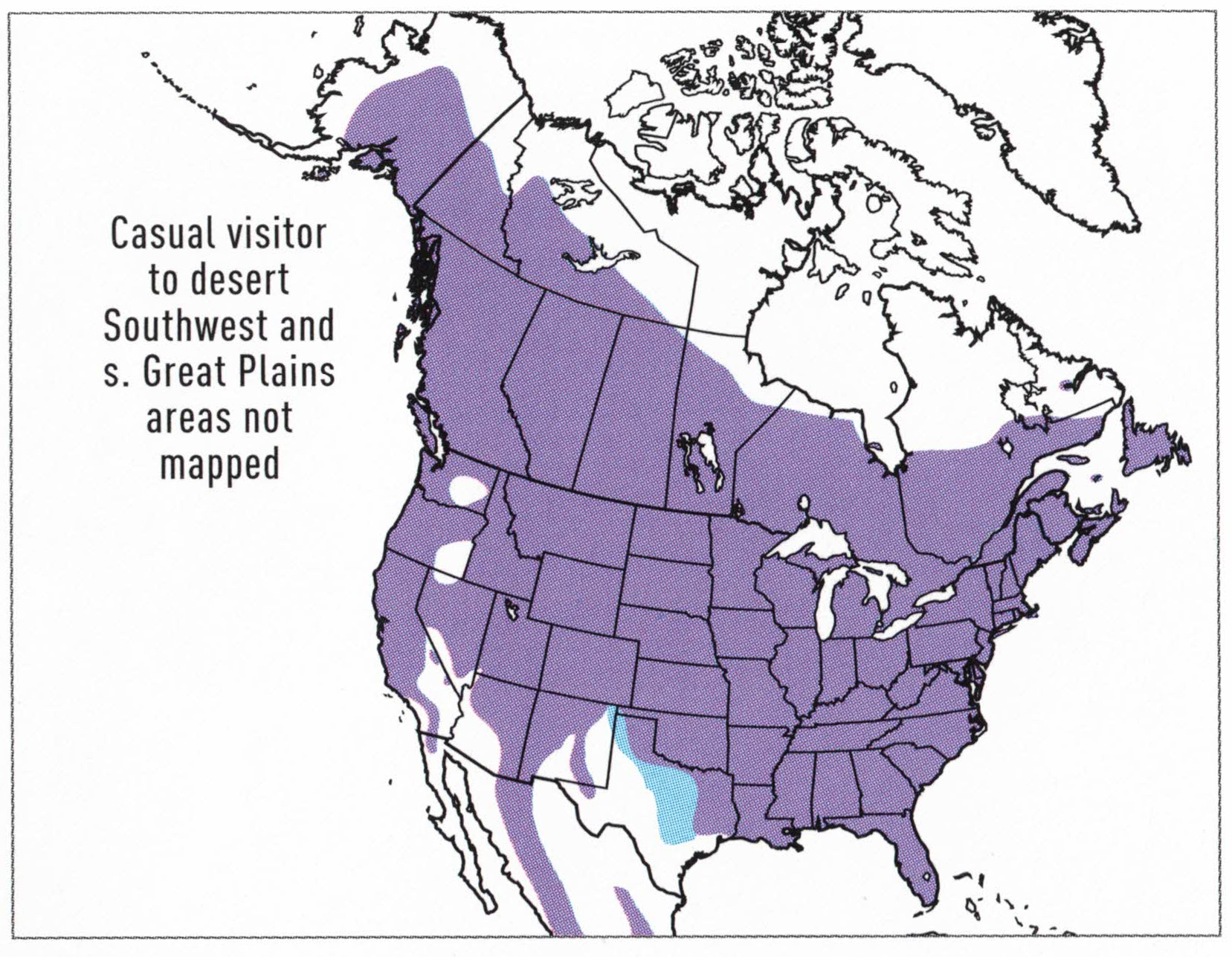
How to Attract Washington Woodpeckers to Your Yard
Want to see more woodpeckers in your backyard?
As you can see, there are more than a few wonderful woodpecker species to look out for across Washington. Some may not flock to gardens and backyards in favor of forests and woodland reaches – however, there’s a chance a rare bird or two may make its way to you.
If you’re keen to start spotting woodpeckers in your yard, why not take a look at our guide on how to attract woodpeckers? That’ll give you the basics of what’s required to attract woodpeckers.
Then, we’d recommend reading our buyer’s guide on choosing the best woodpecker feeder. Setting up a woodpecker feeder or two is the best way to guarantee that woodpeckers will visit your yard. While you’re at it, do make sure to read our full guide on what to feed woodpeckers, too – as getting their diet right will make a lot of difference!
There are a bunch of other ways to attract woodpeckers such as getting a bird bath and planting native trees that woodpeckers love.
All State Woodpeckers
Want to see what woodpecker species are found in other states? Here’s our complete list of woodpeckers found in each state:
